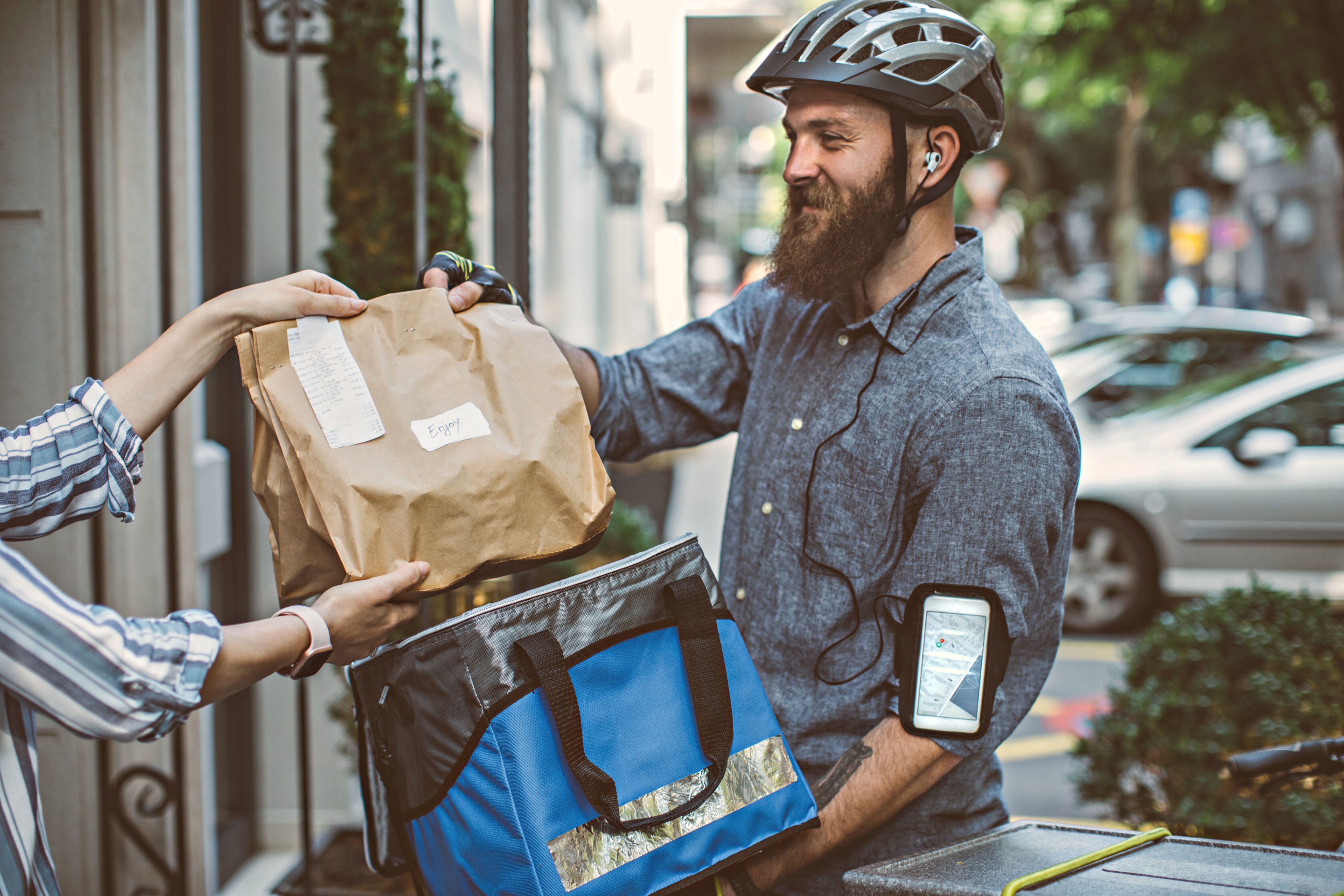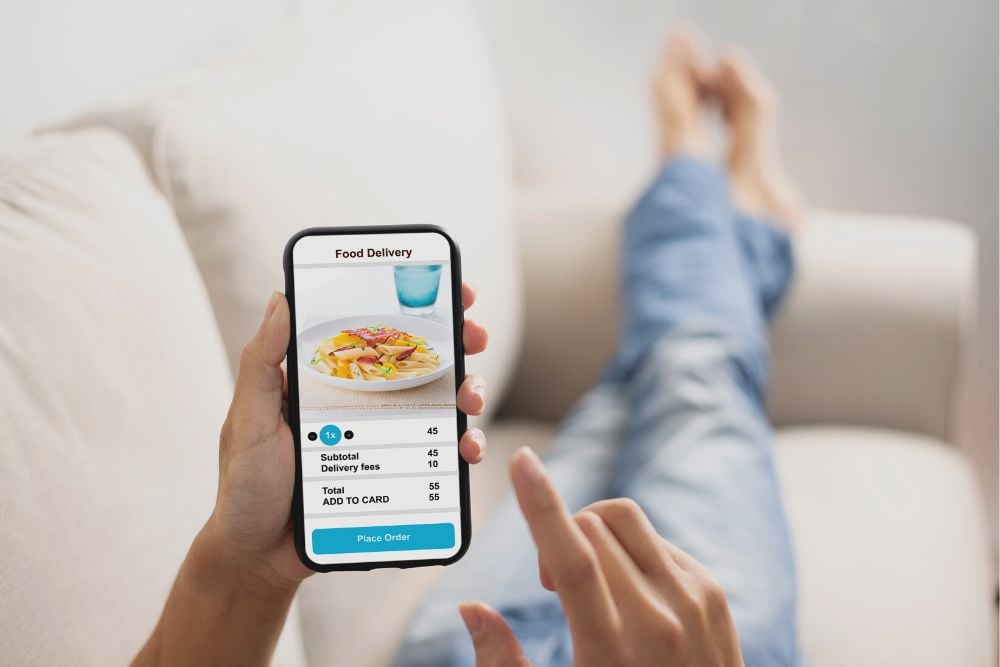Why your business needs to switch from QuickBooks Desktop to QuickBooks Online ASAP
At Kaizen, QuickBooks Online (QBO) is our preferred accounting platform for our clients. It’s a flexible, powerful software that allows us to map out...

Since the COVID-19 pandemic, online ordering has become an integral part of any restaurant plan. Even traditionally delivery-averse restaurants are getting into the action. Why? Because of necessity. Even if we never have another global pandemic during our lifetimes (fingers crossed), consumers have gotten used to the idea of being able to get their favorite food delivered to their homes.
So that’s the deal. Still not sold? Let’s put this in terms of money. If you haven’t set up an online delivery, you’re hurting your business growth and not maximizing your revenue streams. You need to stop wasting time and set this up. The good news? It’s never been easier to do online delivery for restaurants. Here’s how to set it up in 5 easy steps.
If you’ve never done online delivery before, you’ll need to set some goals and metrics about where you see this going. Do you see this as a significant minority of your sales? Maybe you want to grow it even more and minimize in-house dining (we’ve seen that a lot, especially with smaller restaurants post-pandemic).
Consider factors like margins, delivery service fees, streamlining operations, and even customer satisfaction. What do you want your system to look like? What features will you need from any potential online ordering platform? Menu customization? Order tracking? Perhaps the biggest requirement we see is that it must integrate into your existing POS system.
The good news about setting up your delivery system now is that you have MANY more options than even a few years ago. Some of the most popular, you’ve definitely heard of before. Names like DoorDash, Uber Eats, and Grubhub have become synonymous with most people’s weekend plans.
We have a couple that we’ve seen integrate really well with other POS systems. Chowly and BentoBox can merge multiple delivery services into one easy-to-sort through context. It really can help the user make sense of which delivery option is best for them, while keeping the fulfillment side of things simple for you. One thing to note: sometimes these delivery services fees can be as much as 40%! Those fees are high and can cut into margins, so it’s important to think about that when setting a price.
No matter what service you go with, you’ll need to gather all the necessary details about your menu items. That will include your menu descriptions, pricing, and any sort of customizations you’ll allow (or add-ons). You’ll want to make sure that you’re not going overboard with your menu descriptions, instead ensure that your menu is easy to navigate and clearly presented. Pictures can help a lot.
This can also be the time to decide if you want to offer any online-exclusive promotions or even have an abbreviated “online” menu instead of your full menu. The more user friendly you make this experience, the more likely you are to have repeat customers. Even if you have a phone number set up for taking orders, most young people don’t like to call in. They’d rather do it online, so the more obvious the better. Finally, you’ll want to make sure that all your delivery options come up on Google My Business. That will be the most common way that people find out about your restaurant.
This may be included in your online delivery platform, but in the case that it’s not, you’ll have to make sure you have a secure and reliable way for people to pay for their food. Common options include PayPal, Stripe, and Square.
You’ll want to make sure that the payment processors you choose are encrypted, PCI compliant, and are able to offer various options including credit cards and digital wallets.

Something to note: if you’re using Uber or DoorDash, those will be processed through their own company and deposited under that name. It’ll be important to keep track of these online orders for bookkeeping purposes, so you can reconcile what you THINK you should be getting with what they’re actually paying you.
Will you have a special area that’s set up and out of the way of staff so that you can fulfill delivery orders? You’ll need to think about this process and stock up on any delivery items you may need. Often delivery means having A LOT of disposable napkins, boxes, and silverware. Those things add up fast.
You’ll also want to make sure that your staff is trained and consistent in their approach to online orders. Whose job is it to make sure they’re fulfilled? Consider scheduling some additional training for all your staff to make sure it goes off without a hitch. The good news? For your back of house staff, this should be pretty much the same process as in-house dining. You’ll just have to make sure that you have the entire operation ironed out beforehand. No sweat, right?
If you have any questions about this article, or own a restaurant and need some accounting help, please don’t hesitate to contact us. We’d love to hear from you.

At Kaizen, QuickBooks Online (QBO) is our preferred accounting platform for our clients. It’s a flexible, powerful software that allows us to map out...

If your business pays employees by the hour, you probably have to budget for overtime wages. Non-exempt employees who work over the...

Accounting for restaurants: is it different from accounting for other industries? Well, yes and no. There are certain practices that universally...